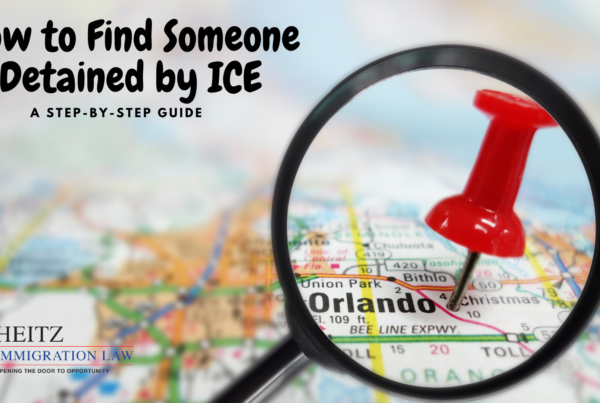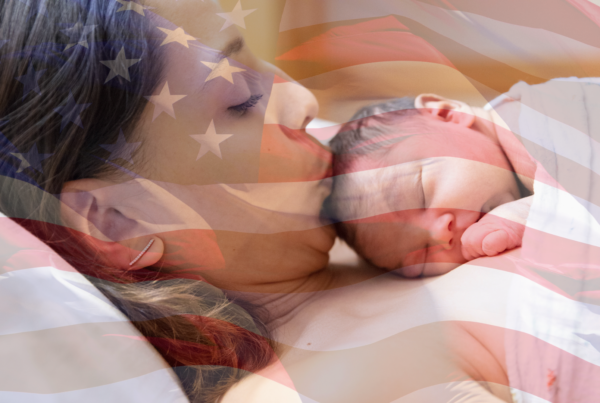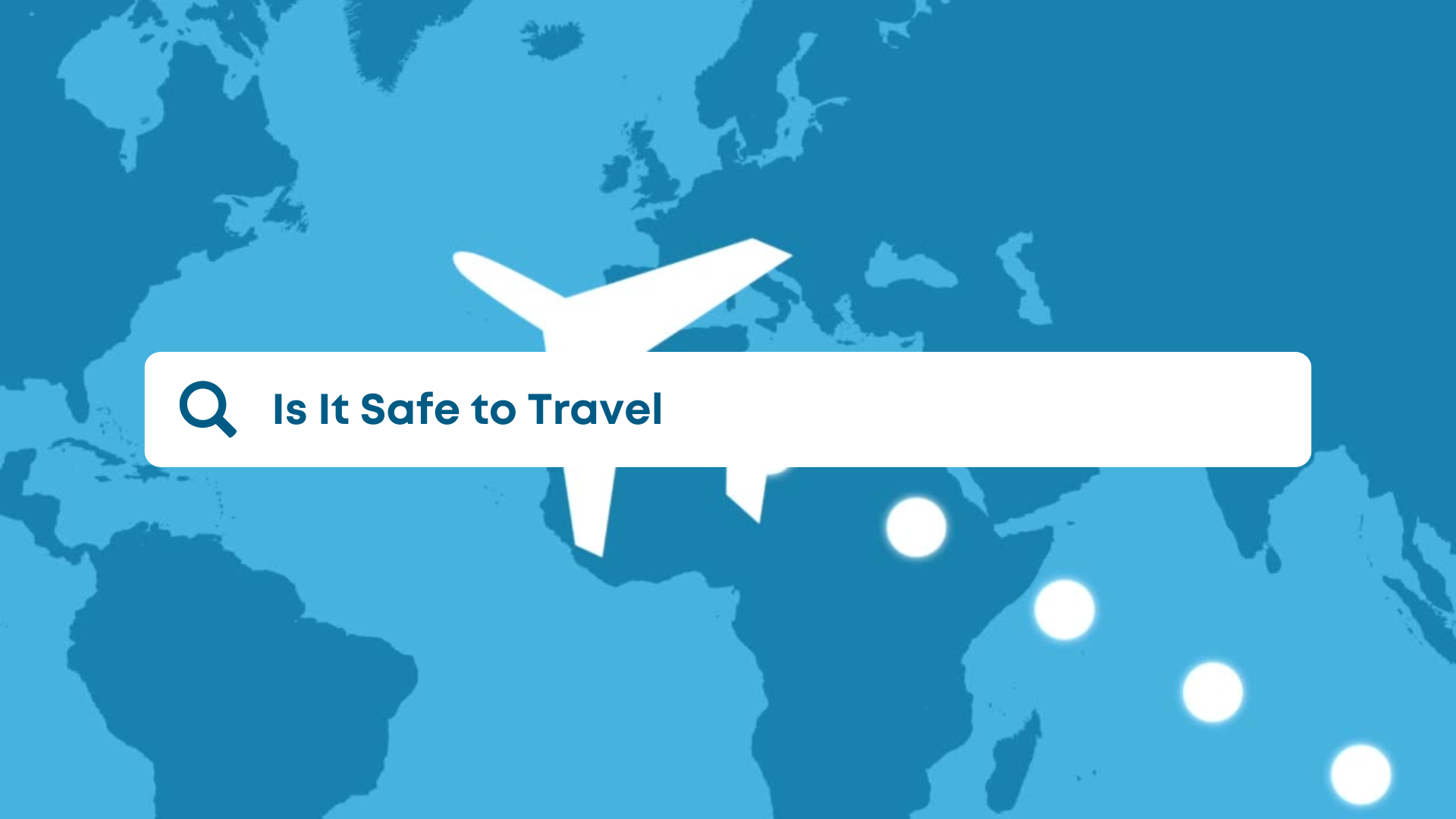You may have heard me say that you have to have a ticket in the immigration line in order to get your green card. Translated to immigration law, this means your qualifying family member needs to file the I-130 family petition to get you that “ticket.” But why is the line so long?
This is one of the most common questions I get in my law practice:
Why is it going to take so many years after my relative filed for me to come to the United States?
Well, the answer is simple, although it’s based upon a complex process set up by Congress to allocate visa numbers. The demand is greater than the supply – that’s the reason it can take up to 12 years or more for some relative categories to get a green card. (If you want to know how this works, I will get to that at the end of this post).
If your family category is considered to be an “immediate relative,” then you are not subject to any waiting time at all. But this will only be for spouses of U.S. citizens, parents of U.S. citizens aged 21 or older, or minor children under 21 of U.S. citizens. All other family petition categories must wait.
Depending on your age or your circumstances, you may decide that the wait is not even worth it! But I always advise my clients to get the I-130 Relative petition filed as soon as possible, even if you are facing a long waiting period.
Here is why you need to file the I-130 now
First, the clock won’t start until you get that special “Priority Date.” This is the date your I-130 application is received by USCIS (U.S. Citizenship and Immigration Services) and it’s the date that you are going to use to look up your case periodically on the Visa Bulletin to see how long you have to wait. Each month there is a new Visa Bulletin with dates that change depending on the supply and demand of the visa numbers.
Second, should Congress decide to enact Immigration Reform and allocate more visa numbers to certain categories to alleviate the backlog, your several years wait could suddenly turn into much less. (This could also go the other way, should Congress decide to remove certain family categories, you may be safe if you already have a family petition filed).
How the visa allocation system works
There is a world-wide cap of 480,000 family visas granted per year (think of a “visa” in this case as an eventual green card). Out of this number, 226,000 visas are allocated for those who are in a preference category and have to wait for their priority date to become current. The balance of the visa numbers equals 254,000 and these are the ones for the immediate relative category – remember, the ones who don’t have to wait in line and can get their visa, and green card right away.
Why the back log happens
The immediate relative category visa numbers of 254,000 get used up pretty fast because there is no limit – no matter how many people apply, they will all get their visa right away. But here is the catch – if more than 254,000 immediate relatives apply for a visa in a given year, they will then take away from the 226,000 visas that were allocated for those who are waiting in the preference category.
Consequently, the preference category visa numbers will get reduced each year by any over-flow of immediate relative visas. And once that happens, no over-flow is allowed for the preference category visas, it just gets cut off, thus creating a backlog of, in some cases, up to 13 years and even more for some countries that are over-subscribed. If you want more information on the waiting times, read my blog post, It’s All About the Numbers – Family Visas Explained.
The line may be long, but for some, it may be the only way to pursue eventual lawful permanent resident status. If you have other ways to live legally in the U.S., such as a business or investor visa, some of them allow “dual intent,” that is, they allow you to wait for your immigrant visa (a green card) while being in the U.S. under a non-immigrant visa (eg H-1B Professional Worker Visa).
An immigration attorney can work with you to map out your goals and take advantage of any immigration visas you may qualify for. A family petition is still the easiest means of gaining U.S. permanent residency, but it may not always be the fastest.
Image courtesy of Refugee and Immigration Ministries Disciples Home Missions









